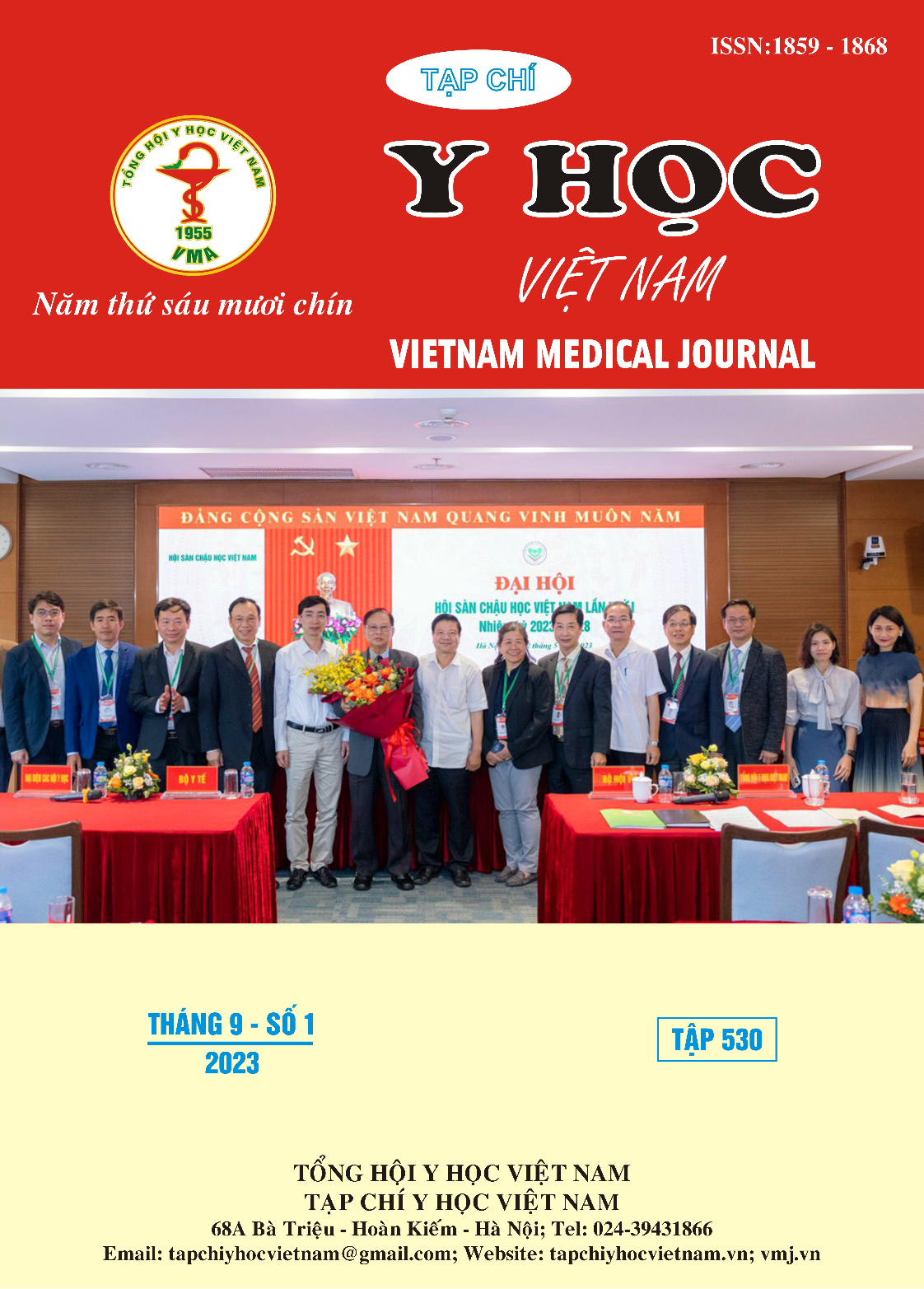ĐÁNH GIÁ HIỆU NĂNG PHƯƠNG PHÁP MỘT SỐ XÉT NGHIỆM HÓA SINH BẰNG CÔNG CỤ SIX SIGMA TẠI BỆNH VIỆN TIM HÀ NỘI NĂM 2022
Nội dung chính của bài viết
Tóm tắt
Mục tiêu: Đánh giá hiệu năng phương pháp một số xét nghiệm hóa sinh tại Bệnh viện Tim Hà Nội bằng công cụ Six Sigma. Đối tượng và phương pháp: nghiên cứu quan sát mô tả cắt ngang được tiến hành trên 20 thông số xét nghiệm hóa sinh thường quy trên hai máy sinh hóa tự động Cobas C501 và C702 trong khoảng thời gian từ tháng 02 năm 2022 đến tháng 7 năm 2022 tại khoa xét nghiệm Bệnh viện Tim Hà Nội. Kết quả: Phần lớn các xét nghiệm có giá trị Sigma lớn hơn 3 (14/20 xét nghiệm, chiếm 70%) ở cả hai mức nồng độ và cho kết quả tương đồng giữa hai máy phân tích. Kết luận: Có thể sử dụng công cụ Sigma để theo dõi, đánh giá hiệu năng các xét nghiệm, đồng thời là công cụ hữu ích để so sánh hiệu năng giữa các thiết bị phân tích xét nghiệm, là cơ sở cho việc đảm bảo và cải tiến chất lượng.
Chi tiết bài viết
Từ khóa
Six Sigma, xét nghiệm Hóa sinh
Tài liệu tham khảo
2. Dung H.T.P., Lộc L.H., and Việt N.Í. (2022). Áp dụng Six Sigma trong đánh giá và so sánh hiệu năng phân tích của hai máy hóa sinh cobas c702. Tạp Chí Nghiên Cứu Học, 159(11), 10–19.
3. Westgard S., Bayat H., and Westgard J.O. (2018). Analytical Sigma metrics: A review of Six Sigma implementation tools for medical laboratories. Biochem Medica, 28(2), 020502.
4. Desirable Biological Variation Database specifications - Westgard. , accessed: 06/17/2023.
5. Keleş M. (2022). Evaluation of the clinical chemistry tests analytical performance with Sigma Metric by using different quality specifications - Comparison of analyser actual performance with manufacturer data. Biochem Medica, 32(1), 010703.
6. CLIA Requirements for Analytical Quality - Westgard. , accessed: 06/17/2023.
7. Mao X., Shao J., Zhang B., et al. (2018). Evaluating analytical quality in clinical biochemistry laboratory using Six Sigma. Biochem Medica, 28(2), 020904.
8. Hens K., Berth M., Armbruster D., et al. (2014). Sigma metrics used to assess analytical quality of clinical chemistry assays: importance of the allowable total error (TEa) target. Clin Chem Lab Med CCLM, 52(7), 973–980.


